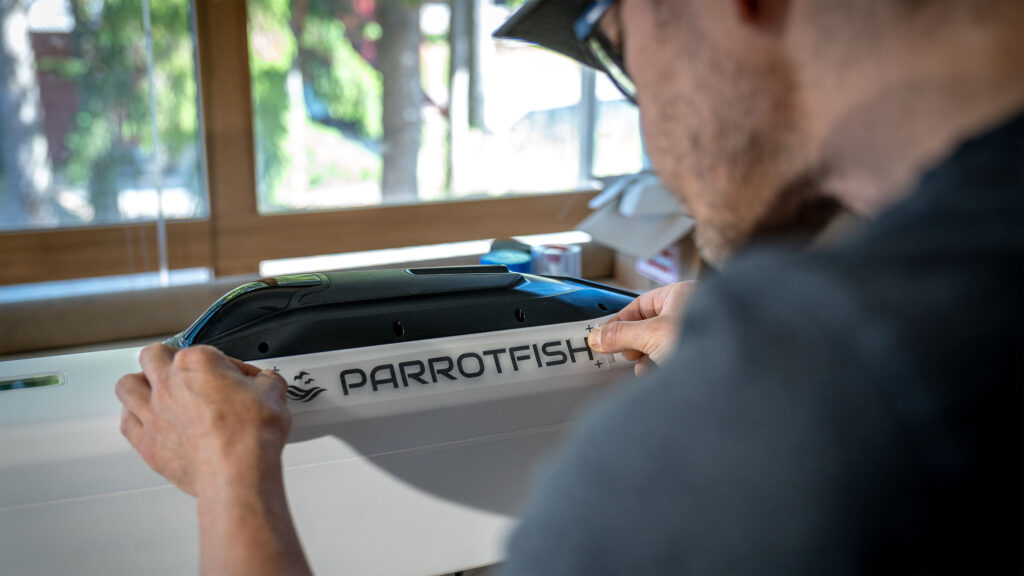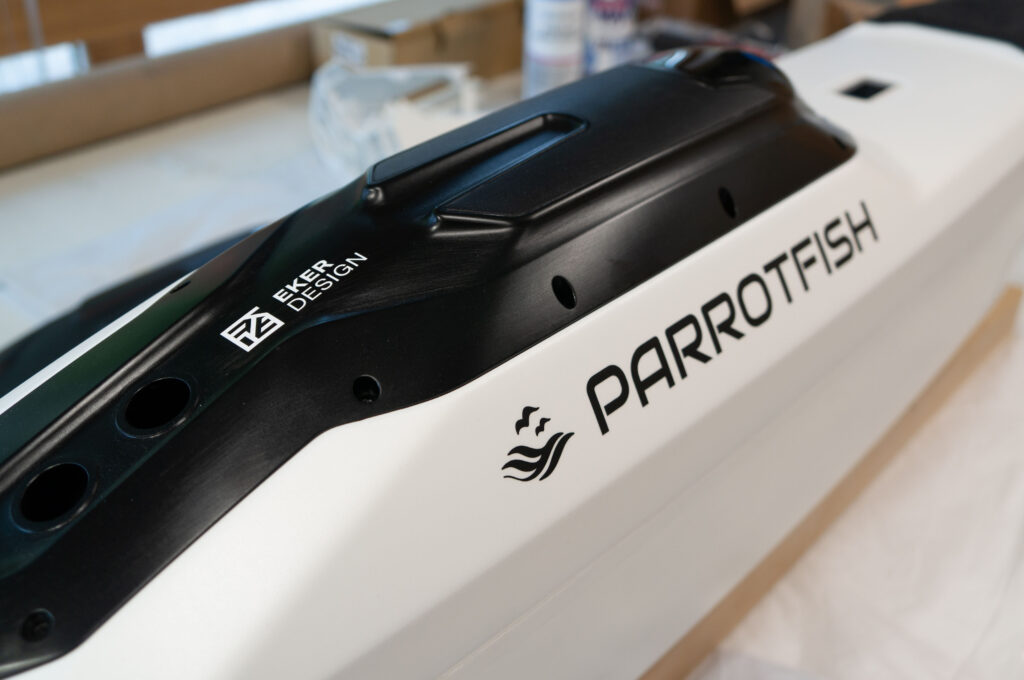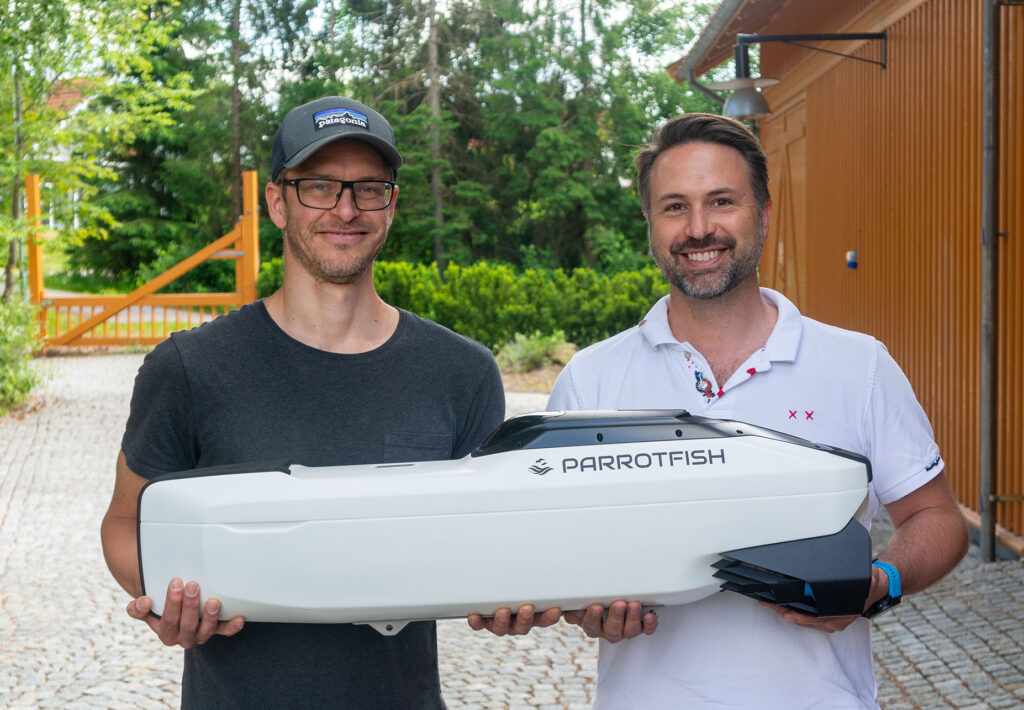Redefining hull cleaning with Parrotfish
You finally have a free weekend for the first time this summer, the forecast says “bluebird” and there is nothing in the way of a few family days in the archipelago on your boat.
And of course, when you arrive at the marina, the boat is totally covered with marine growth. After just a couple of weeks, the thin film of marine fouling will already negatively impact the efficiency and performance of the boat. Each year, boat owners spend considerable time cleaning and treating the hulls and propellers. In addition, this is often done with environmentally harmful treatments.
What if there was a way to eliminate this problem without boat owners ever having to give it a second thought?
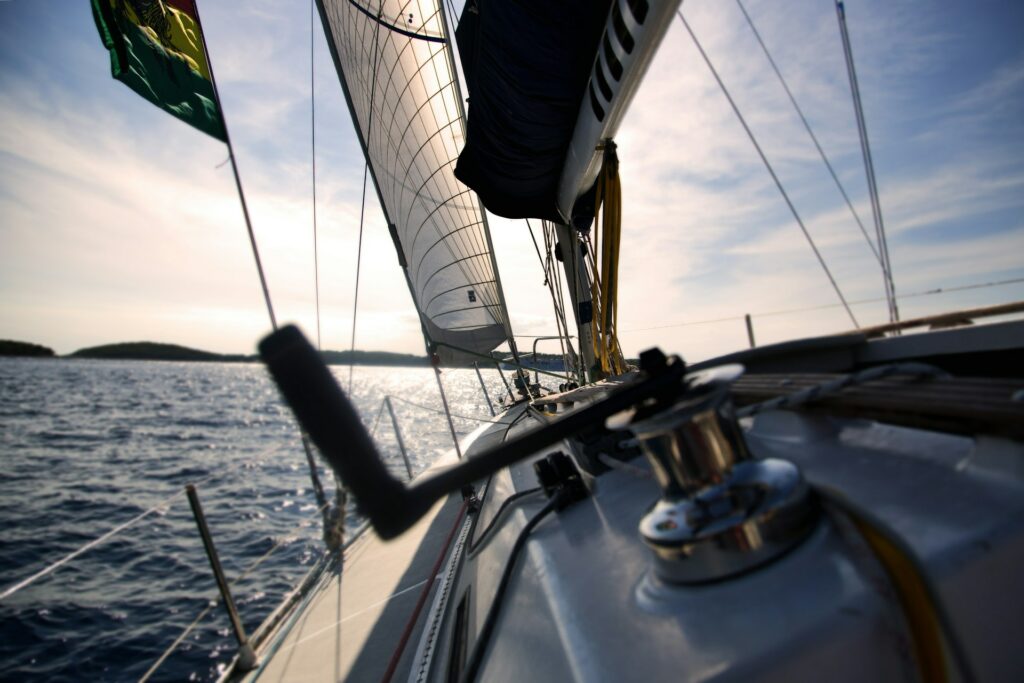

Ultrasound and Autonomy
Together with our client, Parrotfish AS, we have designed a marine surface drone that gets rid of marine fouling without using any harmful chemicals.
The drone uses ultrasound to clear the hull and propeller of stage 1 fouling happening during the first 2 weeks. It only takes a few minutes to clean a small size leisure boat. By cleaning each boat in a weekly cycle, a couple of drones can keep all boats in a normal size marina completely free from marine fouling. In the first stage the drone will be remote operated, but the product has been designed and engineered with autonomy in mind further along the line.
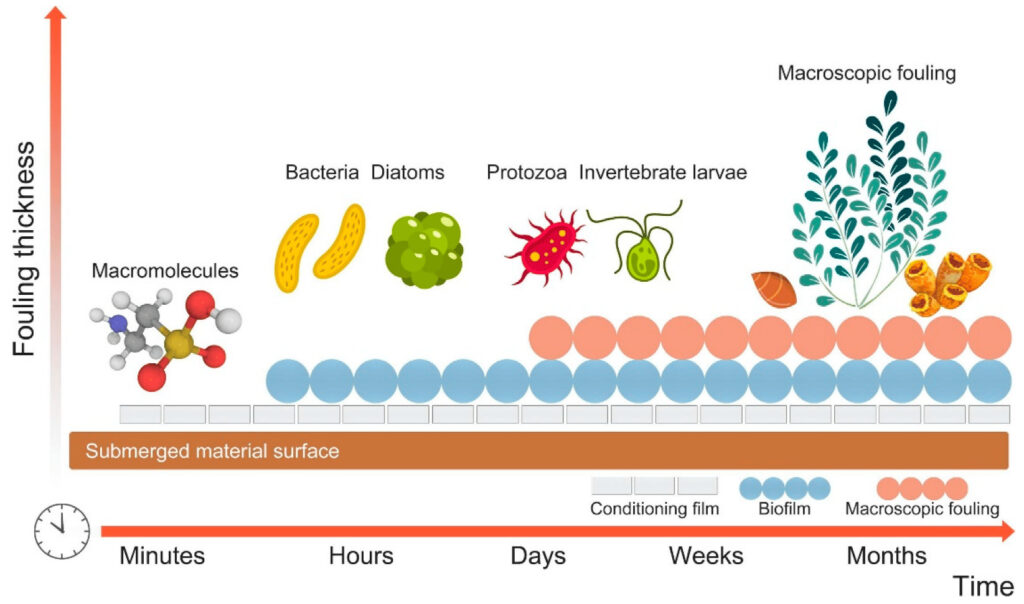

Design for testing, verification and manufacturing
When Parrotfish first contacted Eker Design, they already had a working POC model. But the model was rough, rudimentary and had several issues that needed to be addressed. Our client needed a working prototype for a pilot study of the concept during the summer of 2024.


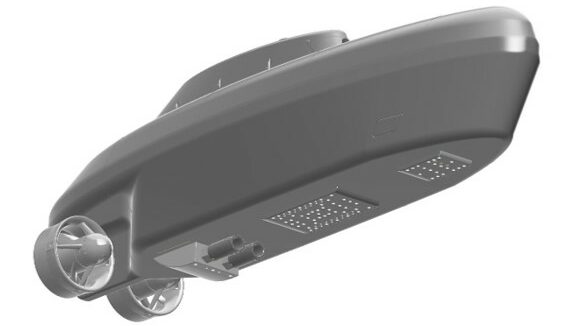

Eker Design and Parrotfish collaborated in putting together a package of both sourced and custom developed components. The components were arranged in a layout to meet some early design input. From this the concept took shape. CAD assisted buoyancy and stability calculations early in the concept development gave further input towards final design.
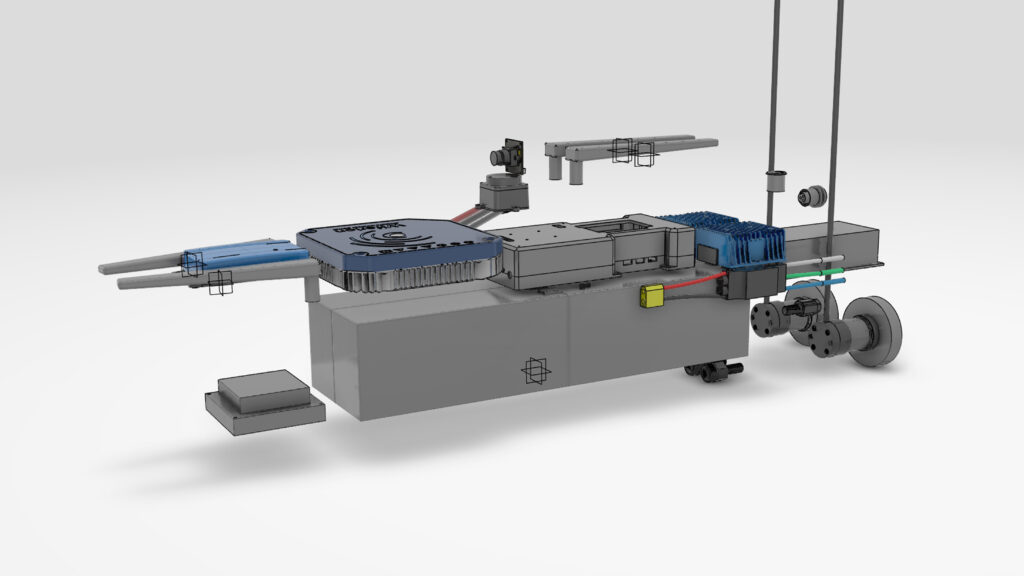



Finalizing the design
Watertight access – for maintenance and repair of the drone.
Modularity requirement – the drone can handle other tools than the ultrasound module.
Corrosive resistant solution – a combination of glassfibre reinforced plastic, 3D printed titanium and 3D printed surface-treated aluminum.
Design DNA – to create an impact and communicate a novelty product it should stand out visually among other products in the same market.
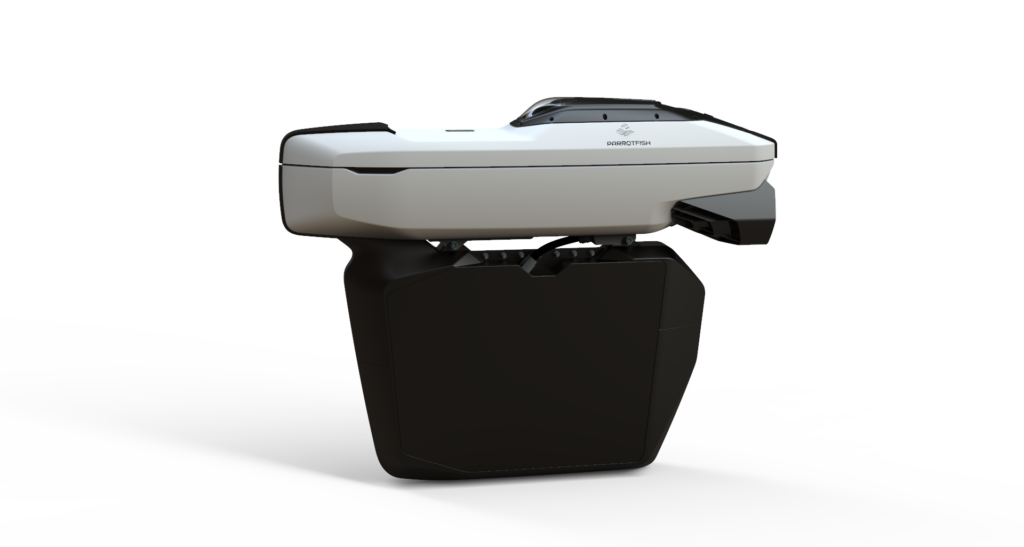

A small series of prototypes for field testing
A series of working units were produced during the spring 2024. These were used during a pilot study of the concept during the following summer. Molded GRP, 3D printed aluminum/titanium, 3D printed PA and some machined parts are put together in a way that allows production in small series. The 3D print parts were sourced. The molded GRP parts were produced inhouse and the whole assembly operation was carried out at Eker design’s facilities.
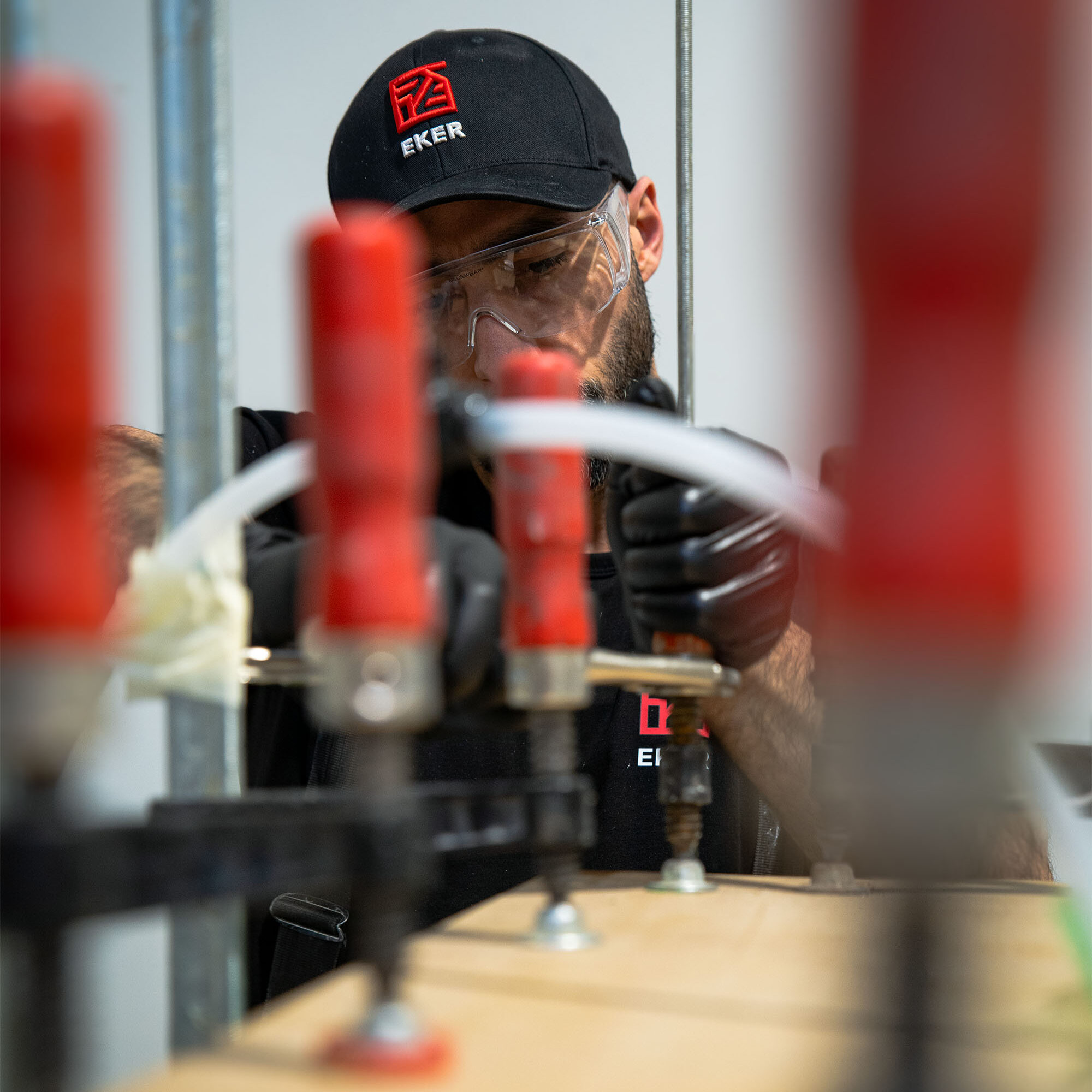

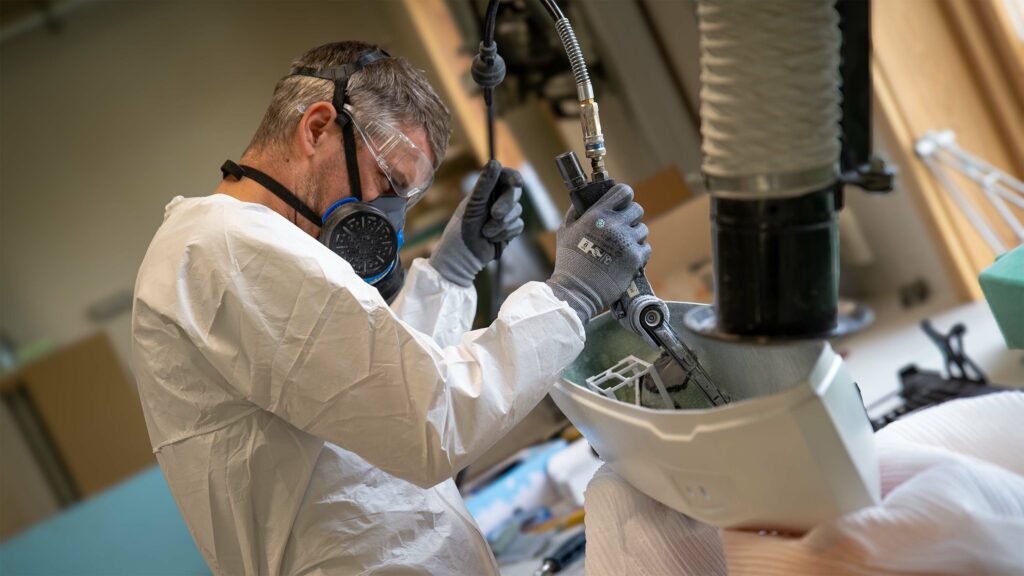



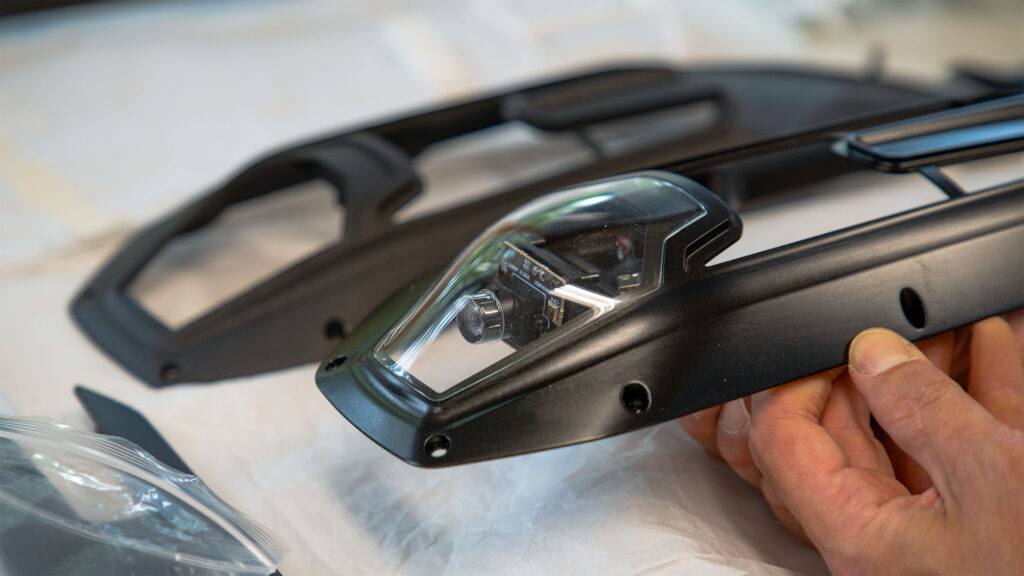



Cheers to more sustainable and easy boating
The crew at Eker Design are looking forward to follow Parrotfish on their journey towards cleaner, easier and more sustainable boating!
